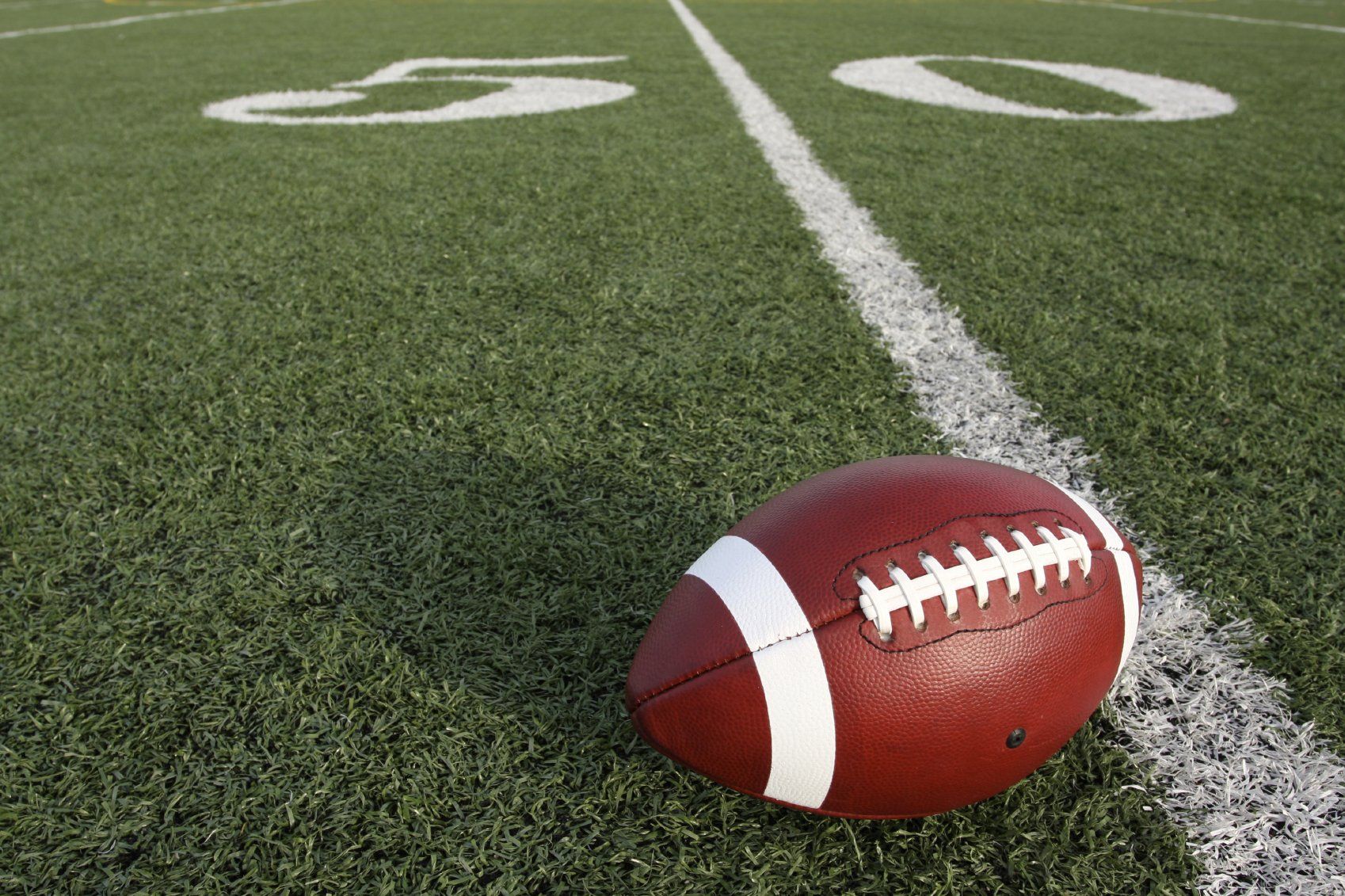
Predictions are part of what makes college football so fun as a fan. The problem is this sport is wildly unpredictable outside of a handful of teams. If a single game is so hard to predict, how can you predict an entire season? Here's a secret: you don't; you let your computer do it for you. That's exactly what I did. Using TRAM as a base, I simulated the remainder of the 2022 regular season of college football, including conference championship games. Each game was simulated several hundred times to give us the most accurate information. You can find the final standings based on this simulation by pressing this link . This simulation was originally run on 10/26/2022.

In part 1 of this series , I looked at which teams were upset the most. In the end, the Oregon Ducks were crowned the Most Overrated Team. Now it's time to look at everyone's favorite teams: the underdogs that pulled it off. Once again, I'll show you the data in 2 ways. First, I'll show which teams have pulled off the most upsets in total. Second, I'll show which teams have the best Upset %, which is the % of times they pulled off the upset when in a position to do so. I'll also filter out teams that have been underdogs fewer than 20 times for 1998+ data and 6 times for 2014+ data. In part 1, I defined an upset as a game in which: an unranked opponent beats a ranked opponent, or a ranked opponent beats an opponent ranked more than 2 spots higher than them (for example, #4 over #1 is an upset, but #3 over #1 is not) I will continue to use this definition. I'm also still using only the AP Poll. With that, let's look at the underdogs.

Everyone loves watching them. They're part of what makes college sports so great. They're also elusive. After all, there's a reason one team is the favorite and the other isn't. I'm talking about upsets. Here I'll take a look at which college football teams are upset the most. In part 2, I'll look at which teams pull off the most upsets. Before proceeding, I need to point out that there is an inherent flaw in simply looking at the number of times a team has been upset. The more a team has been ranked, the more often their chances of being upset are. Because of this, I'll show how many times a team has been ranked, how many times they've been upset, and their upset % (% of weeks ranked ending in an upset). I'll also filter out teams that have been ranked less than 20% of the time (rounded up). First, what is an upset? I've defined an upset for the purposes of this article as a game in which: an unranked opponent beats a ranked opponent, or a ranked opponent beats an opponent ranked more than 2 spots higher than them (for example, #4 over #1 is an upset, but #3 over #1 is not) For ranking purposes and consistency, I'm only using the AP Poll. Note also, that the "Weeks Ranked" does not include postseason rankings, since teams can't be upset after the season ends. I've gathered data as far back as 1998, the beginning of the BCS/CFP era. I'll break this down a few ways and see if I can't find some trends.

